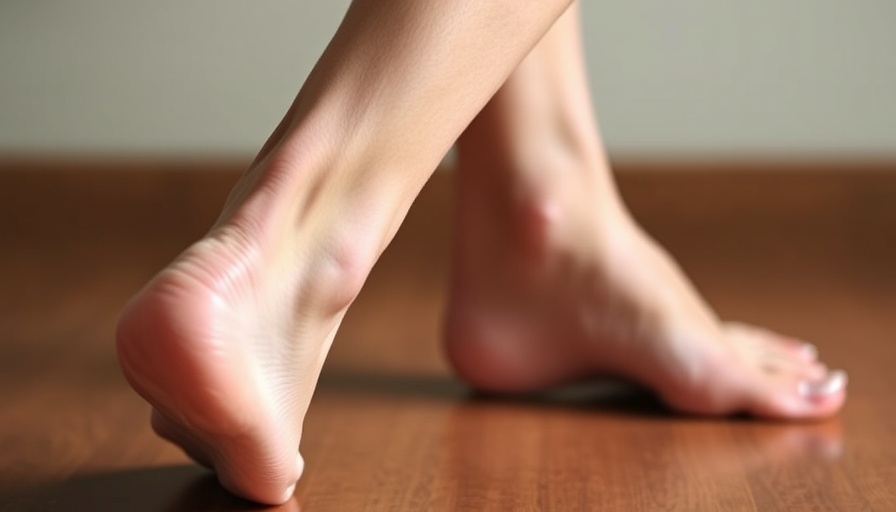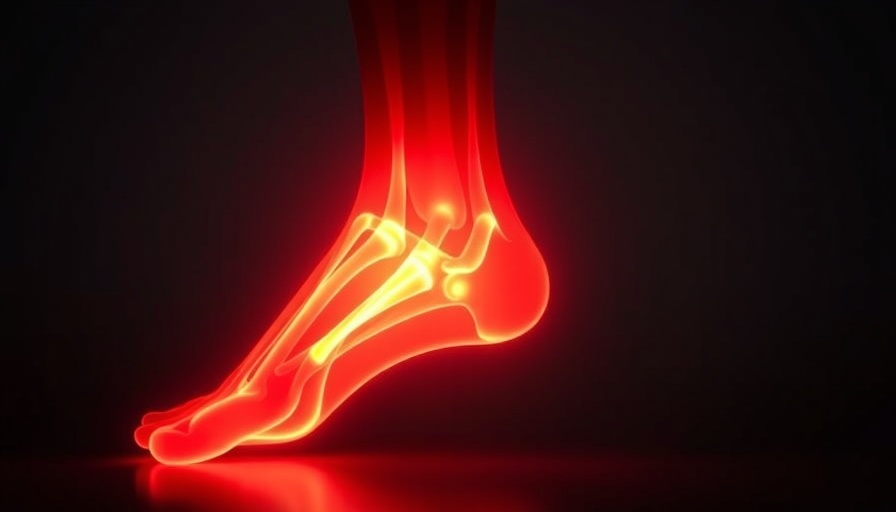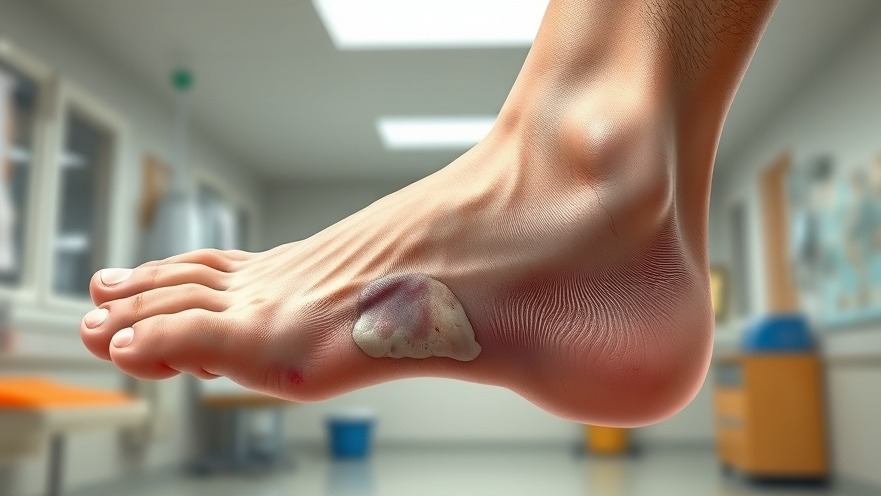
Understanding Why Back Pain May Originate from Your Feet
Low back pain is a common struggle for many Australians, causing not just discomfort but also significant disability and loss of productivity. This makes effective management essential for enhancing quality of life. While most individuals associate back pain with spinal issues, recent insights indicate a surprising relationship between your feet and your back. Understanding this connection can lead to more effective treatments and pain relief.
The Anatomy of Back Pain: A Closer Look
Low back pain can be categorized as acute, subacute, or chronic. Acute pain often resolves within six weeks, while chronic pain can last much longer, often requiring a more detailed and integrated treatment plan. The surprising fact is that structural problems in the feet—such as flat or high-arched feet—may contribute to the strain on your back during regular activities. It’s crucial to address these issues with holistic approaches that emphasize education, movement, and proper footwear, rather than jumping straight to imaging or medication.
Foot Structure and Back Pain: The Potential Link
Our feet serve as our body’s foundation. Every step we take sends forces upward into our legs and back. Thus, feet that are misaligned or poorly supported can alter our posture and alignment, leading to back pain. Flat feet may collapse inward, affecting your hips and spine, while high arches can lead to pressure points and discomfort. Consulting a podiatrist can illuminate the relationship between your foot structure and back pain, discussing whether adjustments are necessary.
Impact Of Body Weight on Back Stress
Body Mass Index (BMI) significantly influences the load on our lower limbs. A higher BMI can exacerbate the stress on your joints, including those in the feet, potentially leading to both foot and back pain over time. A tailored approach from a podiatrist may assist in increasing your foot strength and capacity for daily activities, thereby alleviating not just foot pain but potentially back pain as well.
Choose the Right Footwear for Comfort
The type of shoes you wear can have a profound impact on both your foot health and your spine. For instance, a nurse standing on hard floors all day requires supportive footwear, unlike someone who works in an office setting. It’s essential to invest in shoes designed for your specific activities to minimize discomfort and assess if they are exacerbating back pain symptoms. A podiatrist can offer guidance on selecting the right type of footwear for your daily needs.
When to Seek Help: Understanding Your Pain
If you experience acute low back pain, the good news is that it typically resolves on its own. Staying active and incorporating gentle movements is recommended. However, if your pain persists beyond three months, it’s time to seek help. Connecting with a physiotherapist, podiatrist, or general practitioner can provide a more comprehensive understanding of your condition.
Take proactive steps by scheduling a foot assessment to evaluate your foot structure and gait. Additionally, consider a review of your footwear, adapting it to meet the demands of your lifestyle. Custom orthotics may also be beneficial if structural issues are identified.
Creating a Path to Pain Relief
While the direct link between foot health and back pain may not be universally recognized, adopting a multidisciplinary approach can provide relief. By addressing your foot health, body weight, and footwear choices, you may better manage low back pain and improve your overall well-being.
If you're keen on stepping up your foot care, seek out a nearby medi pedi spa for treatments focused on foot health, or explore custom solutions that can provide long-term benefits. Remember, while the journey to recovery may seem long, each small step forward is progress.
 Add Row
Add Row  Add
Add 




Write A Comment